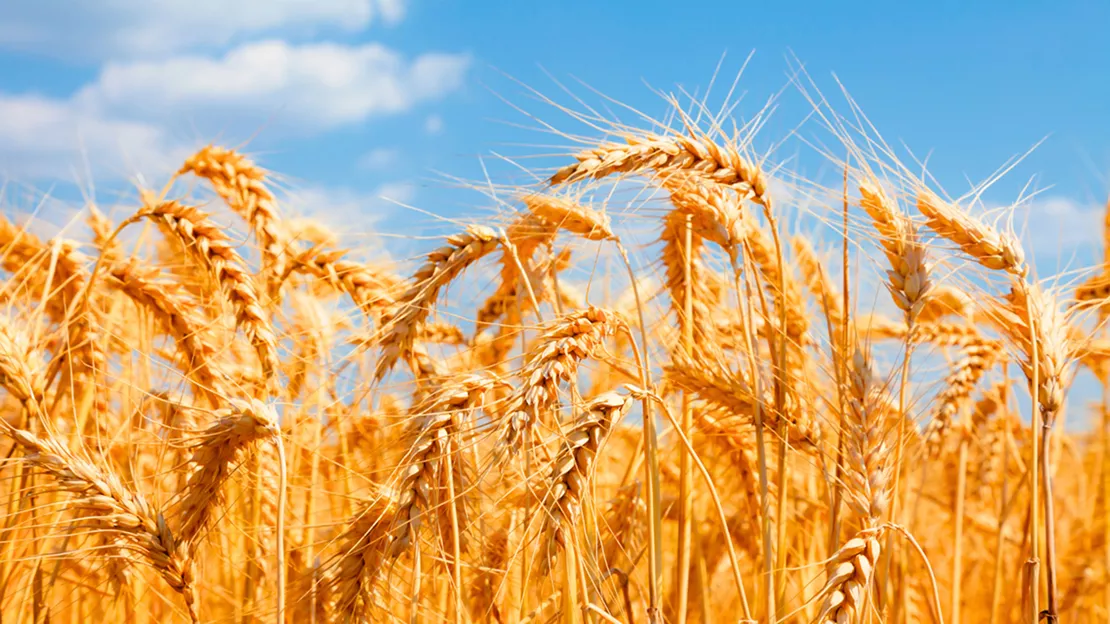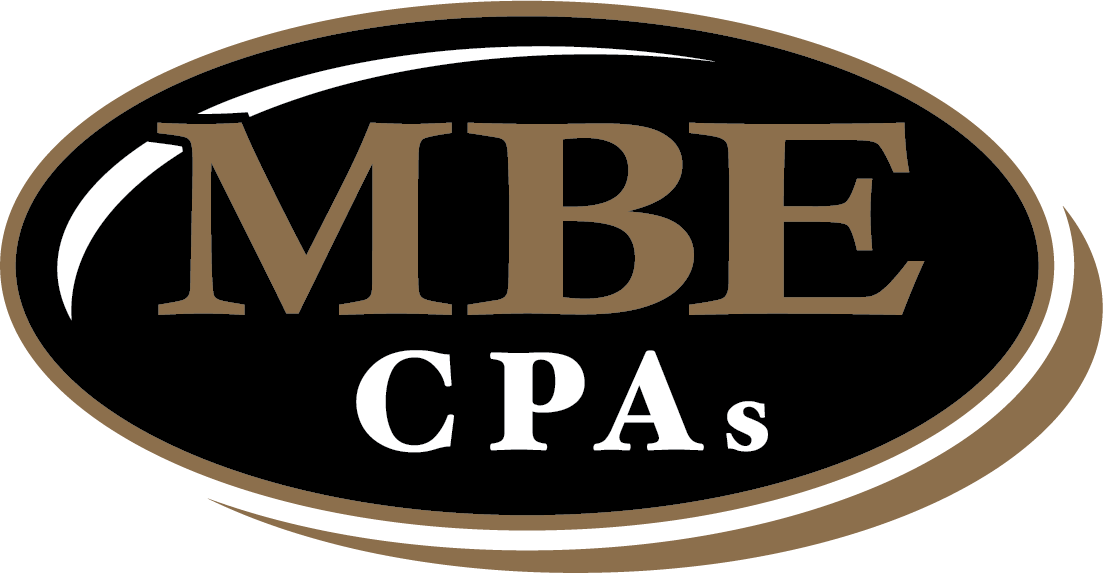Don’t Let Bumper Crops Raise Your Taxes

Authored by: Kevin Block — Partner, CPA | Date Published: November 06, 2025
After the dust settles on harvest, you’re at your kitchen table, spreadsheets and seed invoices spread out, tallying up the numbers from the season. For three years, your fields barely broke even. This year, your grain bins are overflowing, and prices are the best in recent memory. Suddenly, you’re staring at a tax bill that feels as steep as buying a new combine. For many in agriculture, one bumper year can push you into a higher tax bracket, making it feel unfair to pay top rates on income built over several tough seasons.
This volatile scenario is a reality for farmers across America. The USDA projects that net farm income will reach $180.1 billion in 2025; however, individual farm incomes remain highly volatile due to persistent challenges, including fluctuating commodity prices and rising input costs. A single profitable year can trigger a tax burden that undermines years of careful financial planning. The farm income averaging tax provision is a powerful tool designed to smooth out the income tax liability. This measure is part of a broader set of changes aimed at adjusting tax obligations for agricultural producers.
Featured Topics:
What Is Farm Income Averaging and Why Does It Matter?
Farm income averaging allows you to take a portion of this year’s farm income and spread it across your three previous tax years. Instead of paying today’s higher tax rates on all your income, you can elect to have some of it taxed at the lower rates from those prior years when profits were smaller.
Consider this real-life example: A corn and soybean operation in Wisconsin experienced three tough years, averaging $40,000 in net farm income, which put them in the 12% tax bracket. Then 2025 brought perfect weather and strong prices, generating $180,000 in farm income and pushing them into the 24% bracket. By electing to average $90,000 of that income, they could:
- Remove $90,000 from the current year’s income (avoiding the 24% rate).
- Add $30,000 to each prior year (taxed at historical 12% rates).
- Save approximately $10,800 in total taxes by taking advantage of this rate difference.
- Keep more profit in the operation for reinvestment or debt reduction.
Who Can Elect Income Averaging and Which Operations Qualify?
Income averaging is available to individuals engaged in the farming businesses, whether you operate as a sole proprietor, a partner in a farming partnership, or a shareholder in an S corporation. This benefit applies to various agricultural operations, including crop farms, livestock operations, dairy farms, orchards, and mixed farming enterprises.
The key requirement is that you must be actively engaged in farming as a business rather than as a hobby or investment activity. This flexibility means that whether you’re running a family grain operation, managing a cattle ranch, operating a commercial orchard, or running a diversified farm with multiple income streams, you can potentially benefit from income averaging during profitable years.
How Do Other Deductions and Payments Interact with Income Averaging?
Conservation Expenses
Many farm operations invest in soil and water conservation projects, which qualify for immediate tax deductions under certain conditions. These overlooked farm deductions are limited to 25% of your gross farming income for the year, with excess amounts carrying forward to future years. Timing becomes critical when you’re claiming both benefits in the same year.
The proper coordination requires you to:
- Calculate conservation expense limits using your full gross farm income before averaging.
- Deduct conservation expenses first, reducing your overall taxable income.
- Determine available income for averaging only after this reduction.
- Protect conservation benefits from being diminished by the averaging election.
Prepaid Expense Limitation
Cash-basis farmers frequently prepay for farm supplies (like feed, seed, and fertilizer) near year-end to claim a deduction in the current profitable year, but this deduction has a limit that impacts the income available for averaging.
- Prepaid supply deductions generally cannot exceed 50% of your total other deductible farm expenses for that tax year.
- The 50% limit can be avoided if the excess expense is due to unusual circumstances or if the taxpayer met the 50% test for the preceding three years.
- The full allowed prepaid deduction is calculated and taken before determining the Elected Farm Income (EFI) for averaging, helping to manage the amount needing to be averaged.
Crop Insurance and Disaster Payments
Weather-related income from insurance and disaster programs adds another layer to consider. Cash-basis farmers can elect to defer these payments to the following tax year if it matches their normal practice of receiving most crop income in that later period.
Take a wheat farm that typically harvests 800 acres but loses 200 acres to hail damage. The crop insurance payout of $45,000 arrives in December, but most of their wheat income normally comes from the following year’s grain sales. By electing deferral, this farm can improve its tax situation by:
- Excluding current year insurance payments from income and averaging calculations.
- Reporting insurance income in the following year when grain sales occur.
- Making deferral choices before selecting income for averaging.
- Aligning payment timing with normal business cycles.

Hobby Loss Rules
The IRS examines farming activities closely to determine whether they’re legitimate businesses or hobbies. Operations classified as hobbies are subject to strict limitations on deducting losses against other income sources.
For averaging purposes, this classification creates important distinctions, including:
- Only income from legitimate farming businesses qualifies for averaging.
- Hobby activities can’t generate losses to offset other income.
- Any net income from hobby farming can potentially be averaged.
- Business versus hobby determination occurs before applying the averaging rules.
UNICAP Exemption
The Uniform Capitalization (UNICAP) rules generally require businesses to add certain indirect costs (like rent and utilities) to the value of their inventory instead of deducting them immediately. However, an exemption applies to farmers with average annual gross receipts of less than $30 million. This exemption allows them to immediately reduce those costs, offering a significant tax advantage.
Consider how this exemption affects your averaging strategy through these key impacts:
- Claiming certain deductions immediately rather than capitalizing them over time.
- Reducing current taxable income through accelerated deduction timing.
- Reducing the amount available for averaging when taxable income decreases.
- Influencing income calculations through exemption benefits.
What Sequence Should You Follow for Multiple Tax Benefits?
Follow this sequence when multiple tax benefits apply to your operation:
- Calculate gross income and apply all relevant elections (crop insurance deferrals, government payment exclusions, conservation deductions).
- Determine net taxable income after these adjustments.
- Select your elected farm income amount from this net figure (following instructions for Schedule J if filing this form).
- Subtract the elected amount from the current year’s income and add one-third to each prior year.
- Recalculate taxes for all affected years to determine total liability.
Picture a diversified farm with conservation projects, government payments, and crop insurance claims all happening in the same profitable year. Without following the proper sequence, they could miss deduction opportunities or incorrectly calculate their averaging benefits. Getting the order right means capturing every available tax benefit.
Why Professional Guidance Makes a Difference
With expectations of continued lower commodity prices and tighter financial conditions, getting your tax planning right becomes even more important. The interaction between income averaging and other farming provisions requires careful coordination to avoid missing opportunities or making costly mistakes.
At MBE CPAs, we understand that successful farming operations require tax strategies as reliable as their equipment. Working with agricultural specialists who understand both the technical requirements and the practical realities means having partners who can help your operation succeed.
